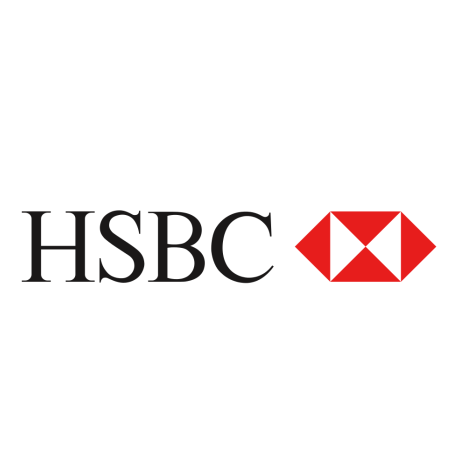Sibos 2018: Alpha-bets G-L
In the second part of our new feature for Daily News at Sibos, we have a quick look at fintech firms that are worth keeping an eye on at the Sydney event. This article focuses on four names within the G-L letter range. Henry Vilar, reporter at FinTech Futures, explains his rationale.
 Hewlett Packard Enterprise
Hewlett Packard Enterprise
Back in June, during the AI Summit in London, we met the team at Hewlett Packard Enterprise (HPE), who told us about how excited they were to bring Nvidia to the fore of artificial intelligence (AI).
Nvidia has seen a radical shift towards AI applications, since it realised that graphical processing units (GPUs), which they manufacture and invented in 1999, are much more efficient at the parallel processes involved in AI processing than CPUs, which excel at sequential ones.
“Up to ten times more efficient,” said John Harding, from Nvidia, who was accompanying the HPE team, as a result of the partnership for its AI platform Apollo.
Throughout the year, we have seen HPE making promises about supercomputers and data centres.
Sibos should be the time we see the company start to deliver on the potential power of its Apollo solution and scalability of applications, all delivered with the efficiency of GPUs, and Nvidia’s jump outside of the gaming industry.
 HSBC
HSBC
HSBC is a big bank, with big numbers and big technologies. Even more relevant is the fact that just in June, HSBC promised to invest over $15 billion in new technologies.
That is a lot of zeroes, in case you are wondering, probably representing one of the biggest investments in tech for in-house use in the past few years. This investment targets growth, and it follows a series of restructurings in the business worldwide.
Like many others, it wants to tap into the China-led Belt and Road Initiative and the “transition to a low carbon economy”.
Other stuff will see investment in digital capabilities and future skills, and look for partnerships. The US seems to be a big focus too, with the bank intending to “turn around” its business there.
And it certainly is already hitting the ground, deploying Softbank’s Pepper robot for retail banking in the US; and gearing up for the launch of its new digital bank in the UK, focused on SMEs.
With incursions in blockchain, facial recognition, payments, its mobile app, and other fancy tech, HSBC wants to jump back to the fore of the industry. Sibos might just be the place to do so with a bang.
 Identitii
Identitii
One of the big issues that blockchain technology has is its inability to integrate with other systems, in many cases making practical use cases isolated from the rest of the systems.
Identitii combines design, encryption, and distributed ledger technology (DLT) to provide security to information being transferred across a network. This use of blockchain, although only partial, has the ability to plug into other data bases and “enrich payment messages with detailed information about actors and purpose”.
This technology allows banks to move away from customer level information to detailed information about each transaction.
In these current times, plagued with cybersecurity breaches, an improvement in the data quality in each transaction, plus the arrival of the portended blockchain, make up for the perfect combination in the right direction to fend off fraudulent practices.

Lloyds Bank
Now I can understand why this pick may shock many readers. Lloyds Bank, in the UK, doesn’t have an established reputation for being one of the spearheads of modern banking, and is certainly not making headlines for being able to fight the waves of innovation coming from the challengers.
Recently, Lloyds has been in the news for announcing major job cuts. And repeatedly. We saw examples last year, and then a couple of times throughout 2018.
This is the result of a £3 billion investment in digital and state-of-the-art tech, as well as to prepare its systems for PSD2.
Lloyds is one of those looking to adapt and is aiming to slash costs to less than £8 billion by 2020. To give you a comparison, analysts at Autonomous Research estimate that Deutsche Bank spends about $4.1 billion a year on information technology, while for JP Morgan Chase it’s around $7.4 billion annually.
All this comes on top of an unfortunate string of IT crashes and failures. The mobile and online systems, as well as the payment network, have experienced crashes repeatedly during the past couple of years, and for a bank that wants to make a point out of its new and modern IT infrastructure, Sibos would be a great place to start anew.
This article is also featured in the Daily News at Sibos 2018 – Day 2 edition.
Click here to read the issue online or pick up a print copy if you are at the conference!
The digital and print editions are free.











































